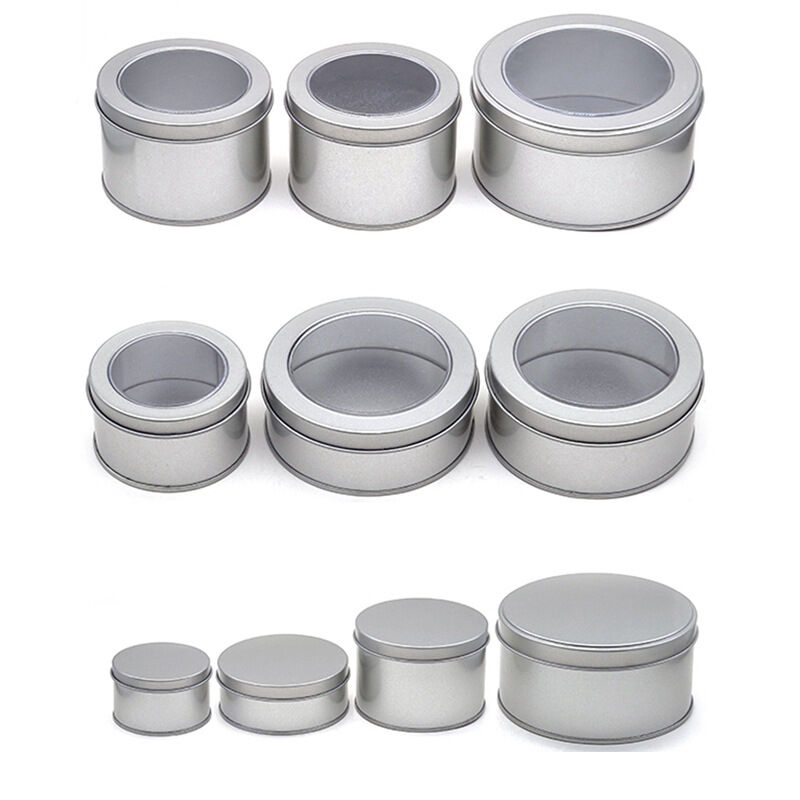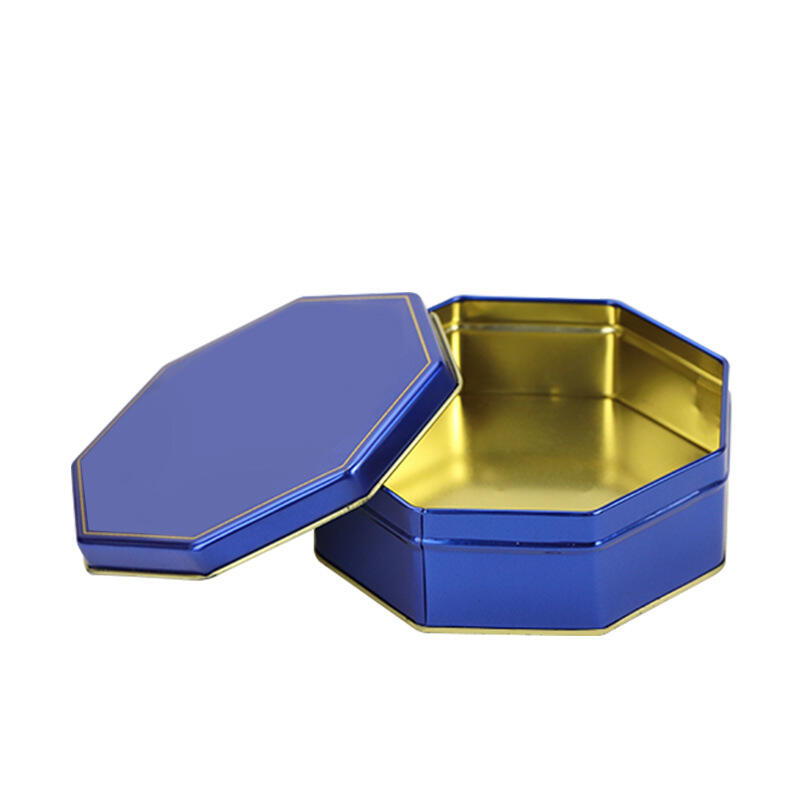Understanding the Evolution of Metal Food Storage
The humble tin can has revolutionized food preservation and storage for over two centuries. Since its invention in the early 1800s, this ingenious container has become an indispensable part of our daily lives, supporting everything from food preservation to industrial applications. What started as a military solution for Napoleon's armies has evolved into a sophisticated packaging solution used worldwide.
Modern tin can manufacturing combines cutting-edge technology with time-tested principles of metal packaging. While the basic concept remains unchanged, today's containers feature advanced coatings, improved sealing methods, and enhanced durability. This remarkable evolution has made the tin can one of the most reliable and versatile packaging solutions in existence.
Essential Types of Metal Containers
Two-Piece Tin Can Construction
Two-piece tin can designs represent the pinnacle of modern manufacturing efficiency. These containers are formed from a single piece of metal for the body and bottom, with only the lid requiring separate attachment. This construction method significantly reduces the potential for leaks and provides superior structural integrity.
The manufacturing process involves drawing and ironing metal sheets to create seamless walls, resulting in a container that's both lighter and stronger than traditional three-piece designs. Food producers particularly favor this style for products like soups, vegetables, and pet food due to its excellent seal reliability and cost-effective production.
Three-Piece Container Design
The traditional three-piece tin can remains a popular choice for many applications. This design consists of a cylindrical body piece and two ends, requiring two seams. While slightly more complex in construction, this format offers greater flexibility in terms of size variations and production volumes.
Manufacturers can easily modify the height of three-piece containers by adjusting the body piece, making them ideal for products that require custom sizing. This versatility has kept three-piece designs relevant in modern packaging, especially for specialized industrial applications and unique consumer products.

Material Composition and Coatings
Steel and Tin Plate Technology
Despite the common name "tin can," modern containers typically consist of steel with a microscopic tin coating. This combination provides the perfect balance of strength, corrosion resistance, and food safety. The steel core ensures structural integrity, while the tin layer prevents oxidation and maintains product quality.
Advanced plating techniques allow manufacturers to apply precisely controlled amounts of tin, optimizing both cost and performance. This technology has dramatically improved the longevity of canned products while reducing material usage and environmental impact.
Interior Protective Linings
Modern tin can technology incorporates sophisticated interior coatings that prevent direct contact between the contents and metal surface. These linings protect against corrosion, prevent metal migration, and maintain product flavor integrity. Different products require specific coating types, from epoxy-based solutions to BPA-free alternatives.
The development of new coating technologies continues to advance, with manufacturers focusing on both safety and sustainability. These innovations have significantly extended shelf life while meeting increasingly stringent food safety regulations.
Applications Across Industries
Food Preservation Solutions
The food industry remains the primary user of tin can packaging, with applications ranging from fruits and vegetables to ready-made meals. The hermetic seal provided by modern canning technology ensures food safety while maintaining nutritional value for extended periods. This capability has transformed global food distribution and accessibility.
Different food products require specific can sizes and coating types, leading to a wide variety of specialized containers. The industry continues to innovate, developing new solutions for emerging food products and changing consumer preferences.
Industrial and Chemical Storage
Beyond food storage, tin can technology serves crucial roles in industrial and chemical applications. These specialized containers feature enhanced corrosion resistance and reinforced construction to safely store paints, solvents, and other chemical products. The durability and seal integrity of metal packaging make it ideal for hazardous materials.
Manufacturers must meet strict safety standards for industrial packaging, leading to continuous improvements in design and materials. These advances benefit both industrial users and consumer applications, driving overall innovation in the field.
Sustainability and Recycling
Environmental Benefits
Metal packaging stands out for its exceptional recyclability, with tin can materials being infinitely recyclable without quality loss. This characteristic significantly reduces the environmental impact of packaging waste and supports circular economy initiatives. The recycling process requires less energy than producing new materials, leading to a smaller carbon footprint.
The durability of tin can packaging also reduces food waste by providing long-term storage solutions. This preservation capability plays a crucial role in sustainable food distribution systems worldwide.
Future Innovations
The packaging industry continues to develop new technologies to enhance the sustainability of tin can products. Innovations focus on reducing material usage while maintaining structural integrity, developing more environmentally friendly coatings, and improving recycling processes. These advances promise to further reduce the environmental impact of metal packaging.
Research into new materials and manufacturing methods suggests exciting possibilities for the future of metal packaging. These developments could revolutionize how we think about and use tin can containers in the coming decades.
Frequently Asked Questions
How long do food products last in tin can packaging?
Most properly sealed and stored canned foods maintain their safety and nutritional value for 2-5 years, with many products remaining safe to consume well beyond their best-by dates. The exact shelf life depends on storage conditions and the specific food product.
Are modern tin cans actually made of tin?
Modern tin cans are primarily made of steel with a thin tin coating. This combination provides optimal strength and corrosion resistance while maintaining food safety and cost-effectiveness.
What makes tin can packaging environmentally friendly?
Tin cans are 100% recyclable and can be recycled indefinitely without losing quality. Their durability reduces food waste, and the recycling process requires less energy compared to producing new materials, making them a sustainable packaging choice.

 EN
EN
 AR
AR BG
BG HR
HR CS
CS DA
DA NL
NL FI
FI FR
FR DE
DE EL
EL IT
IT JA
JA KO
KO NO
NO PL
PL PT
PT RO
RO RU
RU ES
ES SV
SV CA
CA IW
IW ID
ID LV
LV LT
LT SR
SR SK
SK SL
SL UK
UK VI
VI SQ
SQ HU
HU TR
TR FA
FA MS
MS GA
GA CY
CY LA
LA